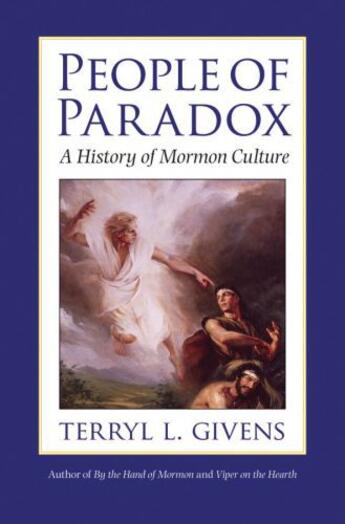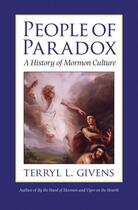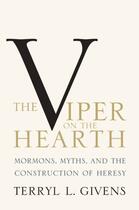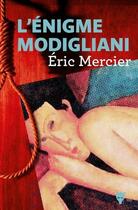Résumé:
In People of Paradox, Terryl Givens traces the rise and development of Mormon culture from the days of Joseph Smith in upstate New York, through Brigham Young's founding of the Territory of Deseret on the shores of Great Salt Lake, to the spread of the Latter-Day Saints around the globe.
... Voir plus
In People of Paradox, Terryl Givens traces the rise and development of Mormon culture from the days of Joseph Smith in upstate New York, through Brigham Young's founding of the Territory of Deseret on the shores of Great Salt Lake, to the spread of the Latter-Day Saints around the globe.
Throughout the last century and a half, Givens notes, distinctive traditions have emerged among the Latter-Day Saints, shaped by dynamic tensions--or paradoxes--that give Mormon cultural expression much of its vitality. Here is a religion shaped by a rigid authoritarian hierarchy and radical individualism; by prophetic certainty and a celebration of learning and intellectual investigation; by existence in exile and a yearning for integration and acceptance by the larger world. Givens divides Mormon history into two periods, separated by the renunciation of polygamy in 1890. In each, he explores the life of the mind, the emphasis on education, the importance of architecture and urban planning (so apparent in Salt Lake City and Mormon temples around the world), and Mormon accomplishments in music and dance, theater, film, literature, and the visual arts. He situates such cultural practices in the context of the society of the larger nation and, in more recent years, the world. Today, he observes, only fourteen percent of Mormon believers live in the United States.
Mormonism has never been more prominent in public life. But there is a rich inner life beneath the public surface, one deftly captured in this sympathetic, nuanced account by a leading authority on Mormon history and thought.
Donner votre avis
















